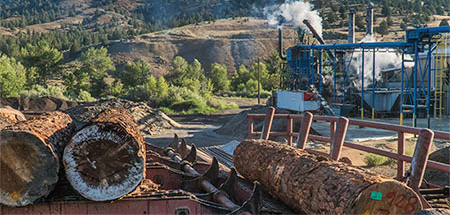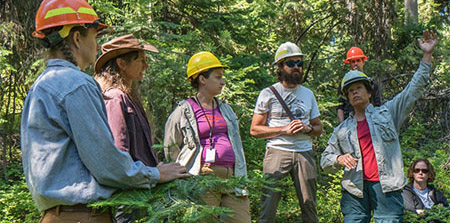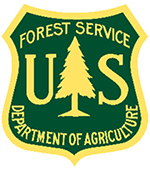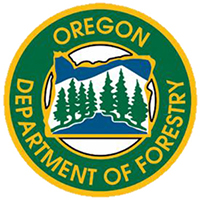Tools, Resources & Opportunities for Collaboration
Increasingly, forest management is being accomplished through community consensus and collaboration. These collaboratives offer strategic forest products businesses the opportunity to both participate and profit.
Ways Collaboratives Can Affect Your Business
- Determine management treatments and priorities
- Affect the nature and quality of biomass being removed and available for product utilization
- Secure funding and grants
- Explore new biomass markets
- Industry policy and advocacy
- Establish relationships with private and public land managers
- Increase business marketing and outreach strategies
An Atlas for Collaboration in Colorado
The Center for Collaborative Conservation (CCC) at Colorado State University has published the Atlas of Collaborative Conservation in Colorado (Huayhuaca, Ch’aska and Robin Reid).
Among the nearly 200 collaboratives, almost 20 represent a forest health or forest management emphasis. Most of these collaboratives recognize the contributions and necessity for viable industry and actively seek participation and support from members of the forest products industry.

Forestry Collaboratives in Colorado
Community Tools & Perspectives of Forest Industry & the Collaborative Process
Community Biomass Handbook IV & Biomass Facility Economic Modeling
Enterprise Development for Integrated Wood Products Manufacturing
This Community Biomass Handbook serves as a guide for creating sustainable business enterprises using small diameter logs and biomass.

The handbook provides useful information when considering biomass utilization and guides users through a collaborative four stage project development by 1) creating mutual understanding, 2) Integrated approach to biomass utilization, 3) biomass enterprise economic model, and 4) mobilizing to create action.
John Day Forest Collective – Video Diary
This video diary provides a look into an Oregon community’s opportunities and challenges in establishing a collaborative process, with commentary and perspective from the participants.

John Day’s local sawmill faced imminent closure and yet it played a significant role in developing (and ultimately profited from) a collaborative process.




